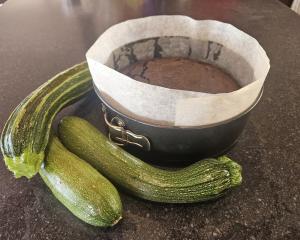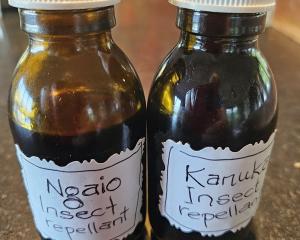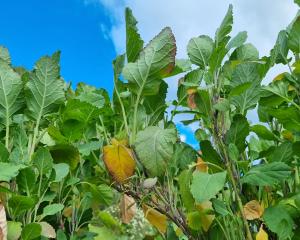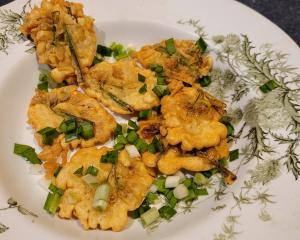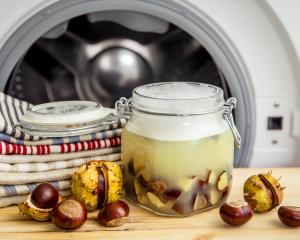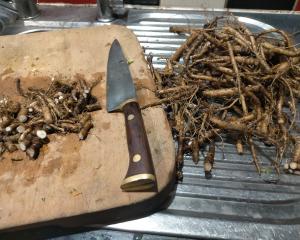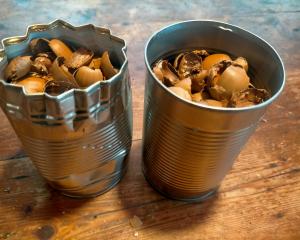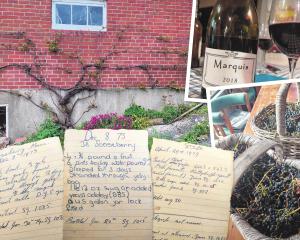
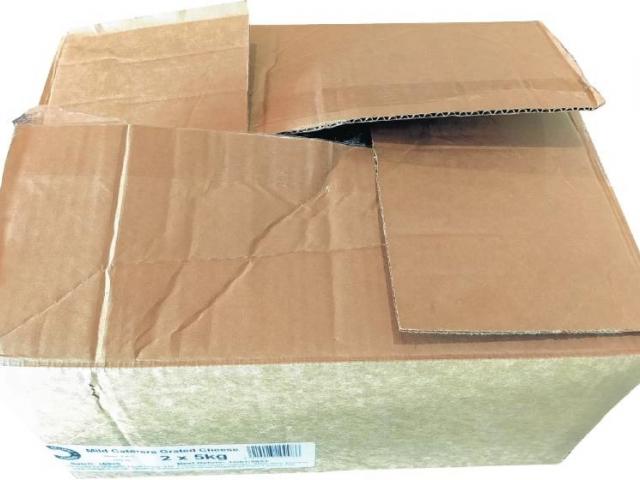
You can save power while serving up a hot meal, writes Hilary Rowley.
During World War 2 in the UK there was a real need to conserve resources for the war effort. One of the clever innovations of the time, to save coal, which was tightly rationed, was the use of ‘‘hay boxes’’.
The concept is very simple. Start your food off on the stove, when it is boiling, place the lidded pot in a nest of hay in a box. Put a layer of hay over the top and close the box lid. The insulating properties of the hay will keep the food warm enough for it to keep cooking all day. When the time comes to prepare the rest of your meal, just get your pot out of the hay box, return it to the stove top and heat it back to boiling. This step is important because bacteria can grow on food between 5degC and 60degC and will be killed by boiling.

A hay-box cooker can be as simple as a large cardboard box filled with scrunched up newspapers.
Make a nest in the centre to place your pot or casserole dish, then cover with a thick layer of scrunched newspaper, then close the box.
Chilly bins or those padded foil-lined supermarket bags are another good option to use. You can pack a duvet or sleeping bag into the container and tuck it around your pot before closing the
lid. Or how about using a wool fleece that is too full of thistles to spin?
It is possible to cook soaked, dried beans, or a one-pot meal incorporating them, using a hay box, or a dish such as scalloped potatoes. All that is required is to get your dish bubbling on the stove top or in the oven, before putting it in the hay box, and then finishing it off with more heat or under the grill at the end.
Try browning some tough, cheap meat in a cast iron casserole dish, add some onions, garlic and spices. Cover the meat with some beer or horrible homemade wine (there is plenty of that at our place). Bring the contents to the boil then put it in the hay box for the day. At dinner time, put the casserole back on the stove top with some couscous or quinoa and when cooked, serve it with a salad. Electricity may seem like ‘‘clean’’ energy to use, but some of our electricity at peak times still comes from the coal-fired Huntly Power Station.
If you are like us and have a gas-stove top you are burning a fossil fuel to cook, so conserving this fuel as much as possible is an excellent idea. It may not be a time of war (fortunately) but cooking like this is good for your country, especially in the midst of a climate emergency.
Hilary Rowley is a frugal, foraging foodie from Waitati. Each week in this column, one of a panel of writers addresses issues of sustainability.

